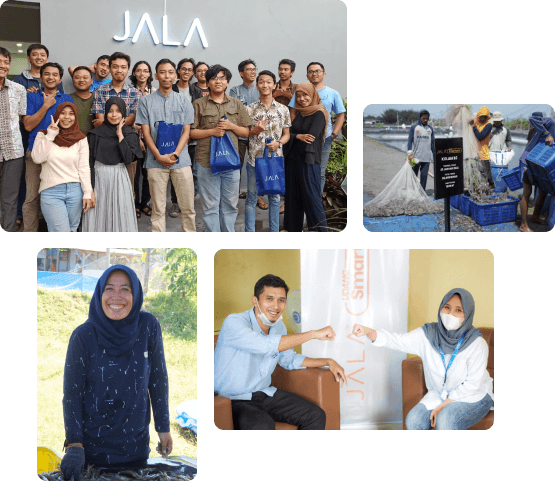
In shrimp farming, feed serves as the main source of energy to support growth. However, feed can also become a major source of problems if not managed properly. Throughout the farming cycle, ponds naturally produce organic waste from uneaten feed, feces, and other metabolic residues.
This waste can be divided into two forms: solid waste and liquid waste. Solid waste comes from uneaten feed, feces, molted shells, and organic particles that settle at the bottom of the pond. Meanwhile, liquid waste originates from metabolic by products excreted through urine or gills, as well as dissolved components of solid waste.
Through biological and chemical processes, this waste transforms into compounds such as ammonia, nitrite, and nitrate. In intensive farming systems, the higher the stocking density, the greater the amount of waste produced, both suspended in the water and accumulated at the pond bottom.
Poor Feed Utilization Can Reduce Water Quality
Pond water quality is heavily influenced by how efficiently shrimp utilize feed. When shrimp can consume and digest feed properly, water quality remains stable, allowing for healthy growth and optimal production. Conversely, when feed is left uneaten or poorly digested, it accumulates as organic waste and leads to a decline in water quality.
Without regular water quality monitoring, the decomposition of feed residues and feces will release harmful metabolic by products. Over time, this can significantly degrade water quality and negatively affect shrimp health and growth performance.
Water Quality Affects Shrimp Feeding Activity
Water quality should always be considered when feeding shrimp. Poor water quality can disrupt shrimp physiology, decrease appetite, and reduce feed efficiency.





